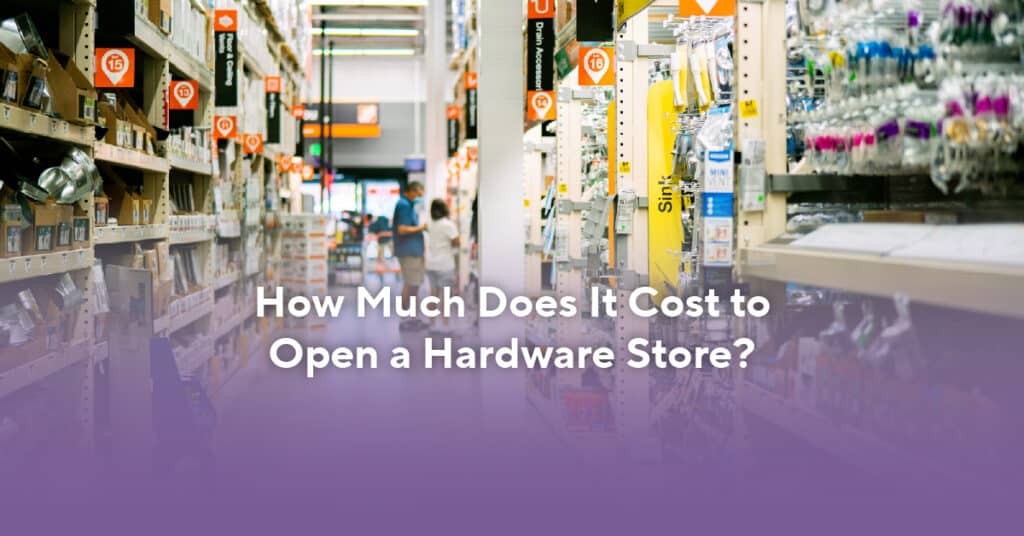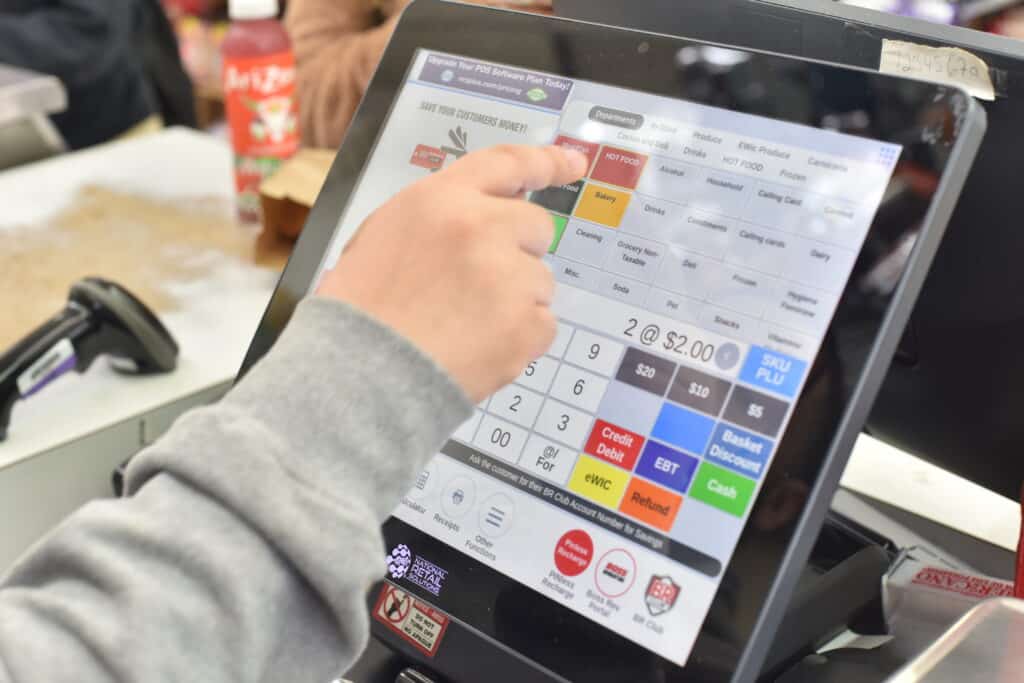Markup and Margin. They’re two very similar business terms, and they are intertwined in the business world. They both use revenue and cost as part of their calculation. Knowing how markup and margin complement one another, as well as the differences between the two, are crucial to running a successful small business.
The difference between margin and markup is that margin is sales minus the cost of the goods sold, while markup is the amount by which the price of a product is increased in order to determine the selling price. As a percentage, the margin percentage is 30% (calculated as the margin divided by sales).
Businesses can make the mistake of using markup to calculate their selling price, and making the assumption that their markup is also their gross profit margin. This is not correct and can be a costly error.
So how do markup and margin work in concert? For instance, let’s say you’re selling milk in your small to mid-sized grocery. Your profit margin is the number of sales of milk over a given time subtracted by the cost to the merchant of selling the products. The markup determines how much of the product needs to be increased to make up a profit-generating selling price. The traditionally defined margin percentage is 30 percent, derived by calculating the margin divided by sales.
Calculating these percentages manually is painstaking, timely work. In addition, even one occurrence of human error can throw all the numbers off, resulting in the business owner using the wrong data and not calculating the ideal markup, resulting in lost revenue. Inputting data into a spreadsheet if going the way of the dinosaur as new, foolproof technologies are emerging.
Many automated data systems are available via a company’s Point of Sale (POS) system, the lifeline and heartbeat of a store. For instance, the National Retail Solutions (NRS) POS offers advanced data sets and reporting on margin and markup, analyzing sales and profits so that merchants can confidently decide the amount to markup an item to generate maximum profit with a reasonable price point.
It cannot be emphasized enough how valuable a robust POS system that can calculate markup vs. margin and can provide an additional suite of programs that can help your establishment increase revenue generation while cutting costs, a winning formula that makes for a greatly improved and smooth-running business.
In addition to offering accurate decimal sales data to determine the correct margin and markup, powerful POS systems such as those provided by NRS provide many other valuable programs to help businesses run smoothly and successfully. The NRS POS is an integrated system with affordable, premium features including remote inventory checks to produce data-driven statements so that merchants can monitor sales and know when to order which products from anywhere – and in real-time.
It pays to do your research. First, understand the difference between Markup and Margin and also how they work together to help boost sales. Next, research appropriate POS systems for your store and analyze what other programs they offer, such as the NRS suite, which can power your business forward. By learning about Margin vs. Markups and researching everything you can about POS systems, your business will be a step ahead of the competition and exponentially increase your sales and profit potential.
The difference between margin and markup is that margin is sales minus the cost of the goods sold, while markup is the amount by which the price of a product is increased in order to determine the selling price. As a percentage, the margin percentage is 30% (calculated as the margin divided by sales).
Businesses can make the mistake of using markup to calculate their selling price, and making the assumption that their markup is also their gross profit margin. This is not correct and can be a costly error.
So how do markup and margin work in concert? For instance, let’s say you’re selling milk in your small to mid-sized grocery. Your profit margin is the number of sales of milk over a given time subtracted by the cost to the merchant of selling the products. The markup determines how much of the product needs to be increased to make up a profit-generating selling price. The traditionally defined margin percentage is 30 percent, derived by calculating the margin divided by sales.
Calculating these percentages manually is painstaking, timely work. In addition, even one occurrence of human error can throw all the numbers off, resulting in the business owner using the wrong data and not calculating the ideal markup, resulting in lost revenue. Inputting data into a spreadsheet if going the way of the dinosaur as new, foolproof technologies are emerging.
Many automated data systems are available via a company’s Point of Sale (POS) system, the lifeline and heartbeat of a store. For instance, the National Retail Solutions (NRS) POS offers advanced data sets and reporting on margin and markup, analyzing sales and profits so that merchants can confidently decide the amount to markup an item to generate maximum profit with a reasonable price point.
It cannot be emphasized enough how valuable a robust POS system that can calculate markup vs. margin and can provide an additional suite of programs that can help your establishment increase revenue generation while cutting costs, a winning formula that makes for a greatly improved and smooth-running business.
In addition to offering accurate decimal sales data to determine the correct margin and markup, powerful POS systems such as those provided by NRS provide many other valuable programs to help businesses run smoothly and successfully. The NRS POS is an integrated system with affordable, premium features including remote inventory checks to produce data-driven statements so that merchants can monitor sales and know when to order which products from anywhere – and in real-time.
It pays to do your research. First, understand the difference between Markup and Margin and also how they work together to help boost sales. Next, research appropriate POS systems for your store and analyze what other programs they offer, such as the NRS suite, which can power your business forward. By learning about Margin vs. Markups and researching everything you can about POS systems, your business will be a step ahead of the competition and exponentially increase your sales and profit potential.








